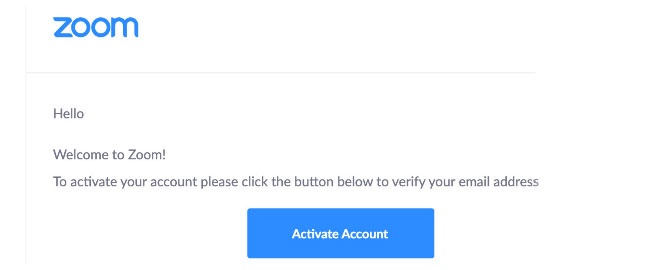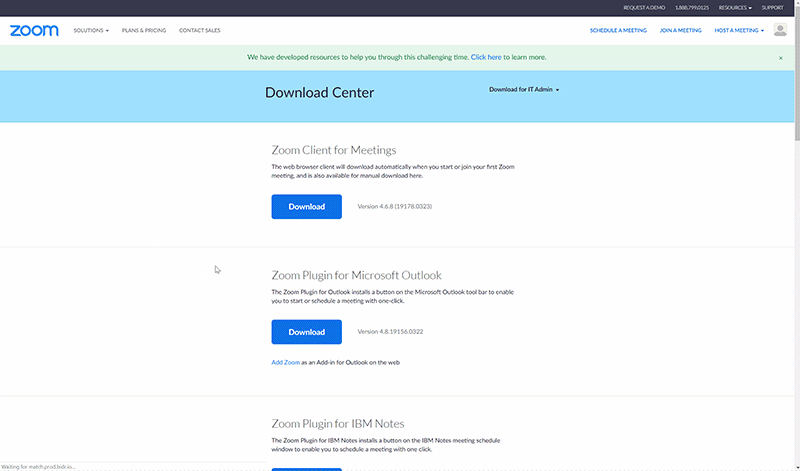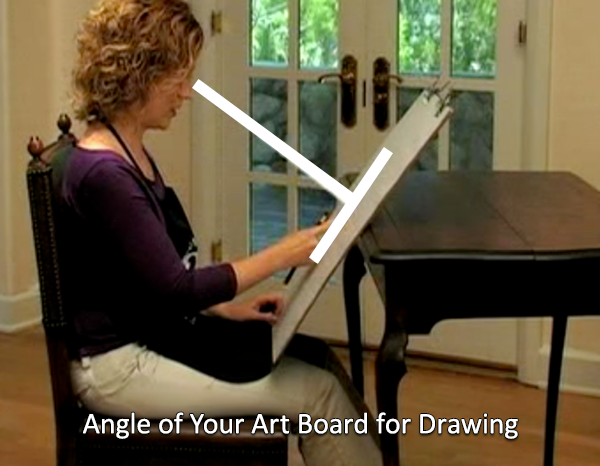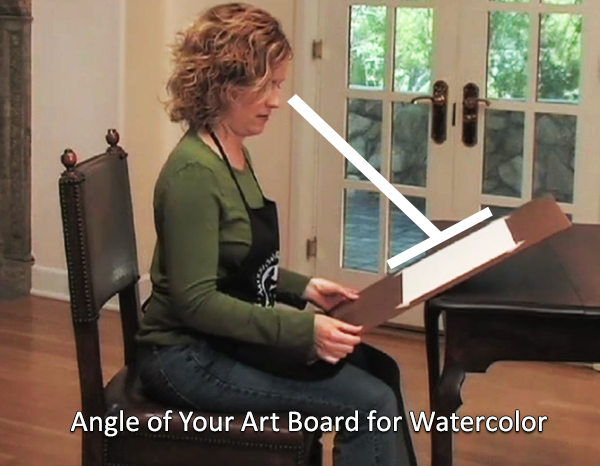Virtual Art Class Preparation
We are very pleased to have you as a student and look forward to providing you with the best fine art instruction. We have put this page together to help you get prepared for your Mission: Renaissance Virtual-Live Art Classes.
We ask that your workspace and materials are set up BEFORE class so more time is spent drawing, painting and learning. Please also make sure your device(s) are fully charged as well.
The short videos below show how to get ready to draw or paint in class.
Watch this BEFORE your first Drawing Class.
Introduction to Drawing
Note: Drawing students will need hairspray or fixative for class.
Watch this BEFORE your first Watercolor class.
Introduction to Watercolor
Note: Watercolor students will need a blow dryer for class.
1. Setting up Your Device(s) for Class
- Device Position – Your instructor must be able to see your progress as well as your finished artwork during class. If using a tablet or mobile device, position it so that the camera has a good view of your drawing or painting surface. A phone or tablet stand is very useful for this.
- Audio and Feedback – Zoom uses the same audio settings your device’s mic uses and can be adjusted from the Zoom settings. If using 2 devices and experiencing feedback noise, please mute one of your devices.
- Internet Speed – Fast Internet speed and a strong WiFi signal will help so that you don’t drop connection or buffer during class.
- Your Name in Class – When you join class make sure that your Zoom Name matches the name of the student registered for the class. Otherwise, we will not know that you belong in that class! The Zoom Name window will pop up the first time you open Zoom.
2. Installing and Using the Zoom App
Zoom is a video conferencing tool that provides a simple to use cloud based webinar solution. With Zoom you are able to have a video meeting directly from your desktop computer or mobile device. Before your first Zoom Art Class you’ll need to create a free account if you haven’t already.
How to Sign Up for the First Time
- Start by going to zoom.us
- On the top right corner, click on the blue “Sign Up, It’s Free” button
- Enter your email address and click “Sign Up”
- You’ll receive an email from Zoom to activate. Go to your email and click Activate Account.

- Once activated, you’ll be redirected to fill in your first name, last name, and create a password.
Download and Install the Zoom Application:
- Go to https://zoom.us/download and from the Download Center, click on the Download button under “Zoom Client For Meetings”.
- This application will automatically download when you start your first Zoom Meeting.
- Once the download is complete, proceed with installing the Zoom application onto your computer.
- Sign into your account using the username and password you created.

- Sign into your account using the username and password you created.
Join Your Virtual Art Class!
At your scheduled class time, just click on the meeting link you’ve received in the class access email and the Zoom app should launch automatically. Another option is to open the app, click Join, then enter the Meeting ID and Password that you’ve been provided via email.
3. Logging Into The Tech Portal
In addition to a live instructor, you’ll have access to our Tech Portal filled with videos and artistic references. Here you’ll find all the online materials used for your specific virtual art class.
- When you sign in to your Virtual Art Class, the Username and Password for the Tech Portal will be displayed on your instructor’s screen.
- Log in to the Tech Portal using the Username and Password shown on-screen in your class.
- You’ll need to have access to both the Zoom Meeting window and Tech Portal window during class.
To tab between applications:
- On Windows: Press and hold the Alt + Tab key once. A box with screenshots representing all of the open applications will appear. Keep the Alt key pressed down and press the Tab key to switch between open applications. Release the Alt key to open the selected application.
- On macOS: Using your Command key. Press Command + Tab — a pop-up will appear showing every application that currently has windows open on your computer. Press Tab to cycle through them, and release Command when you’ve highlighted the one you want to switch to.
- On iPad: Use the App Switcher – On all iPad models: Swipe up from the bottom edge and pause in the center of the screen. On an iPad with a Home button: Double-click the Home button.
4. Your Workspace and Art Materials
An artist’s studio should be a creative haven. That’s why it’s so important to organize it in a way that is most conducive to your workflow.
Setting Up Your Work Area
- Find a quiet, distraction-free place with plenty of light and a good view of the device(s) you’ll be using with Zoom.
- You will be seated during class, use a comfortable chair with no arms if possible.
- Once you receive your Art Materials Package (or if you own one already), set up your drawing board.
- Place your drawing board edge on your lap while seated and lean your board against a table for support (see image below).


Lighting
It’s best to have your work area in a location with ample light, helping you and your instructor to be able to see your work clearly. Spending a little time to identify a well lit workspace will yield the best results.
- Natural lighting is the best option but be mindful that it changes over time and may be too strong.
- Electric lighting around the house is more than sufficient if it is not too dim or too bright.
- Make sure you are well lit. Backlighting can often make it hard to see you in a class; if you can’t change it, try to put another light in front and to the side of you.

Art Materials Are Messy!
Pastels, Charcoal and Watercolors can permanently damage most fabrics so it is important to protect clothing, carpets and porous flooring before use.
- Choose an area to work that has tile, linoleum or wood flooring as not to damage carpet.
- If you decide to work over carpet, use a drop cloth, tarp or an old sheet you don’t need anymore and use it on the floor under your work area.
- Be aware of tracking pastel or charcoal powder from your work area to the rest of your home.
- Clothing and small patches of carpeting can be cleaned with a small amount of mineral spirits or Goo-Gone dabbed on a rag.
